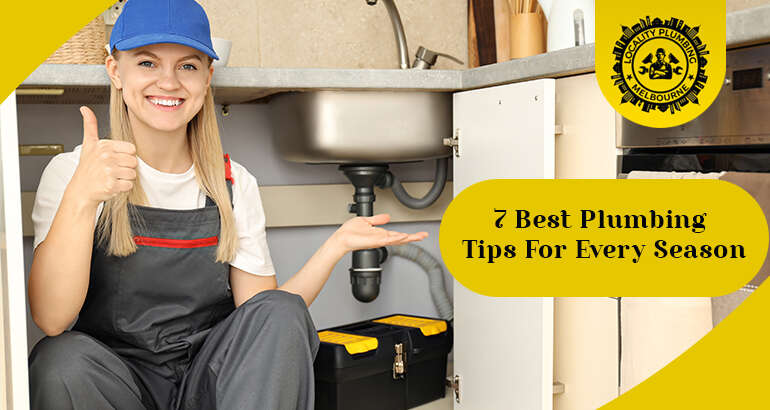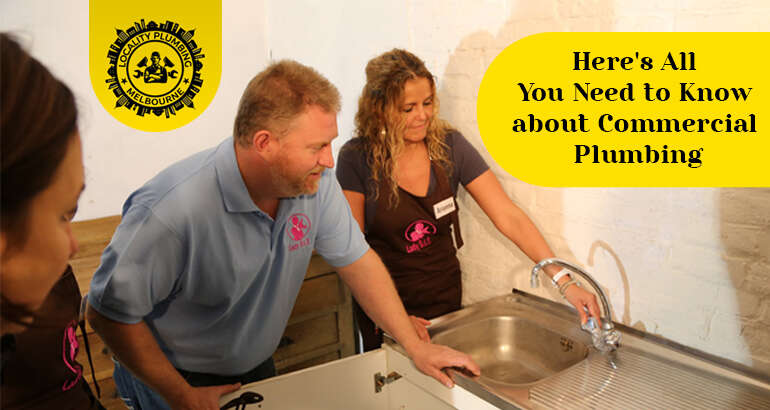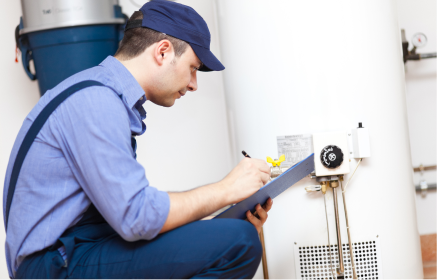
Clear Blocked Drains and Prevent Future Clogs: Here’s How
It may be time to investigate the state of your drain if you have a backed-up kitchen sink, a build-up of standing water during showers, a bathtub that takes forever to empty, or your average clogged toilet. Clogs should be dealt with immediately, but they don’t have to put your life on hold. Whatever happens, here’s what you should do.
Contact a plumber in Melbourne if you ever have any drainage problems.
Why Do Clogs Happen in the First Place?
A clogged drain drains slowly. Drains slow down as debris accumulates in them over time.
Clumps of hair are the most common cause of a clogged shower drain, while temperamental toilets may clog due to a buildup of toilet paper. Large food debris in the garbage disposal or long-term buildup in the pipes are the most common causes of kitchen sink clogs.
Signs That Your Drain is Clogged
You’ll know it’s time to unclog a drain when:
- The toilet won’t flush.
- Water takes longer than usual to drain in the shower, bathtub, or bathroom sink.
- There’s a funky odour that you can’t track down.
- The kitchen sink has filled up with debris-filled water—and running the garbage disposal has little to no effect.

What To Do If You Suspect A Clogged Drain?
- First and foremost, inspect your drain for any visible obstructions. Examine the drain to determine the type of clog you’re dealing with (this might mean underneath a drain cap, like in a bathroom sink). If necessary, use a flashlight. Remove anything that appears to be clogging the drain. Unfolded paper clips or small plastic hooks from hardware stores come in handy for shallow clogs.
- Following that, double-check that your drain is open. Is there enough space in the pipe for water to flow? This is determined by the type of drain and stopper you have: Some drains have a stopper that can be unscrewed and lifted completely out. Bathtub-shower combinations frequently include a switch under the faucet that opens and closes the drain. Check to see if your drain has a stopping mechanism and that the stopper isn’t accidentally blocking the drain in Melbourne.
If you’ve removed any visible obstructions and confirmed that the drain is clear but water is still not draining, it’s time to unclog.
Seven Ways To Unclog Your Drain
Put on some rubber gloves and follow these steps to remove or dissolve any clog.
- Hand-clear the clog. A clog is sometimes immediately visible near the surface and easily accessible. Put on a pair of rubber gloves and do your best to extract the clog. A wire coat hanger can also be used for extra reach and leverage.
- Make use of a drain snake. A drain snake, also known as a plumber’s snake, is a retractable, flexible drilling tool available at home improvement stores. Using the snake’s hand crank, you’ll send a metal wire down the drain to either break up or pull out whatever is clogging it. Disposable plastic snakes are also available, which require no cranking and can even be used to unclog a clogged toilet. After using your drain snake, make sure to clean it.
- Plunge with a plunger. Plungers are useful for unclogging kitchen sinks as well as clogged toilets. You’ll want a cup-style plunger that covers the drain opening to create a tight seal for the best suction. Maintain the seal by performing six even, up-and-down thrusts. Remove the plunger as follows: You’ve made progress if the water drains. If it doesn’t, try again.
- Make use of a pot of simmering water. If there are no visible obstructions in the drain and a drain snake has been ineffective, contact with boiling water can help dissolve softer build-up around the edges, such as soap scum or cooking grease. Repeat the procedure two or three times more if necessary.
- Make use of a natural drain cleaner. Conventional drain cleaners rarely work as well as they claim and contain hazardous chemicals. Depending on the severity of the clog, a natural remedy of white distilled vinegar and baking soda can be just as effective. One cup baking soda, followed by 1 cup vinegar, should be poured down the drain. Plug the drain with a drain stop or rag and let the mixture work for at least an hour. Rinse with hot water. Repeat as needed.
- The drain trap should be removed and cleaned. A clog can sometimes be found in the drain trap, also known as a U-pipe, which is located beneath the sink beneath the garbage disposal. Clear the area and set a bucket beneath the U-pipe to collect any runoff. Loosen the nuts on either side of the pipe with a plumber’s wrench while holding it steady with the other hand. Inspect for clogs after emptying the pipe into the bucket. When finished, clean and reattach the U-pipe.
- Contact a plumber. If none of the above has reduced the speed of the drain, it is time to call a professional.
Three Tips For Preventing Clogs
- Drain traps should be used. Snags of hair are almost always the cause of clogged shower drains. A simple rubber or plastic drain cover is a low-cost way to catch stray strands after each shower. Similar mesh drain traps can be installed over kitchen sinks to catch larger bits of food and allow for easy disposal.
- There is no extra waste. It may be tempting to empty a trash can or shake a rug into the shower and wash it away, but larger bits of dirt and debris can accumulate and worsen clogs later. Seeds, pits, and nuts clog dishwasher filters, and kitchen sink drains, and long peels or stringy vegetables like celery get wrapped around garbage disposal blades and speed up buildup in the drain. Cooking oil coats the pipes and traps food as it passes through, resulting in a stubborn, difficult-to-remove buildup.
- Excellent drain care. Drain cleaning regularly will keep them in good working order and odour-free. Keep a bottle of distilled white vinegar or baking soda in the bathroom and pour a small amount of one or both down the drain regularly (especially during your seasonal deep cleans), followed by a blast of hot water. Make it a habit to leave the water running after putting anything down the drain, whether it’s toothpaste, food debris, or shampoo run-off. This will prevent it from settling on the drain’s surface.
If you search on Google for a blocked drain plumber near me, you will find Locality Plumbing.




